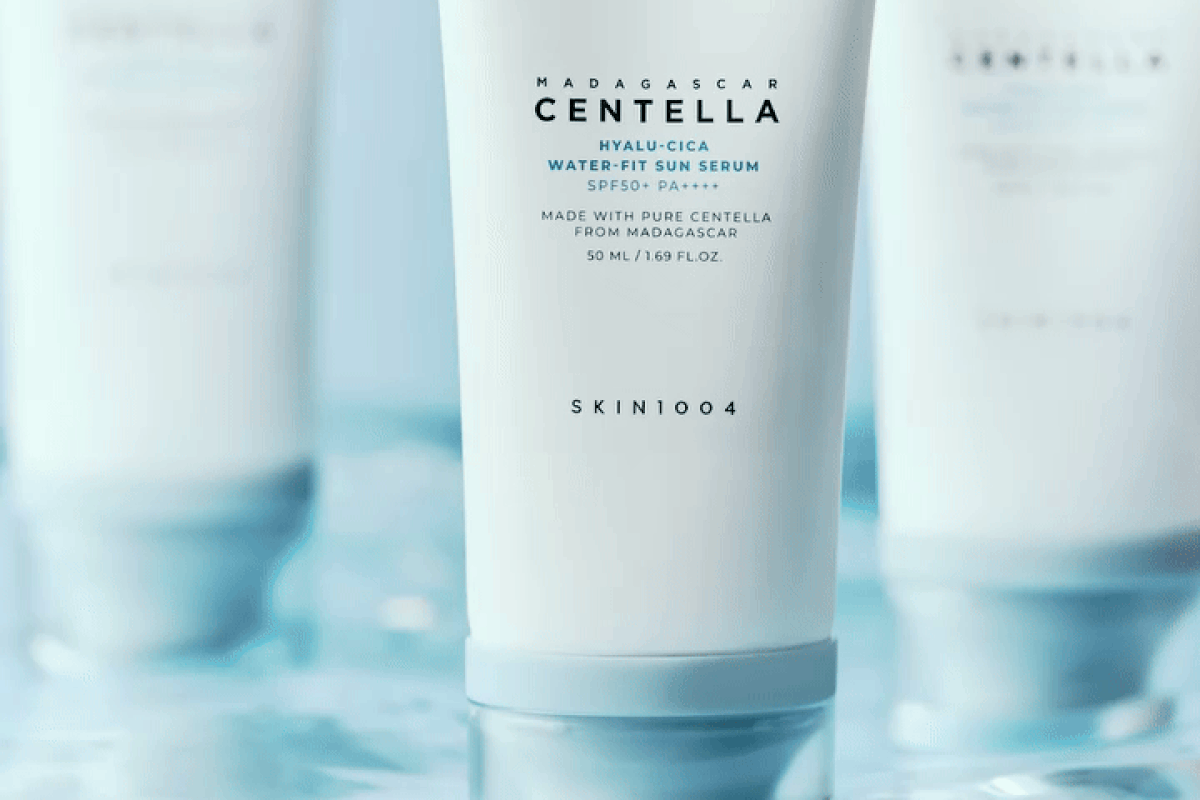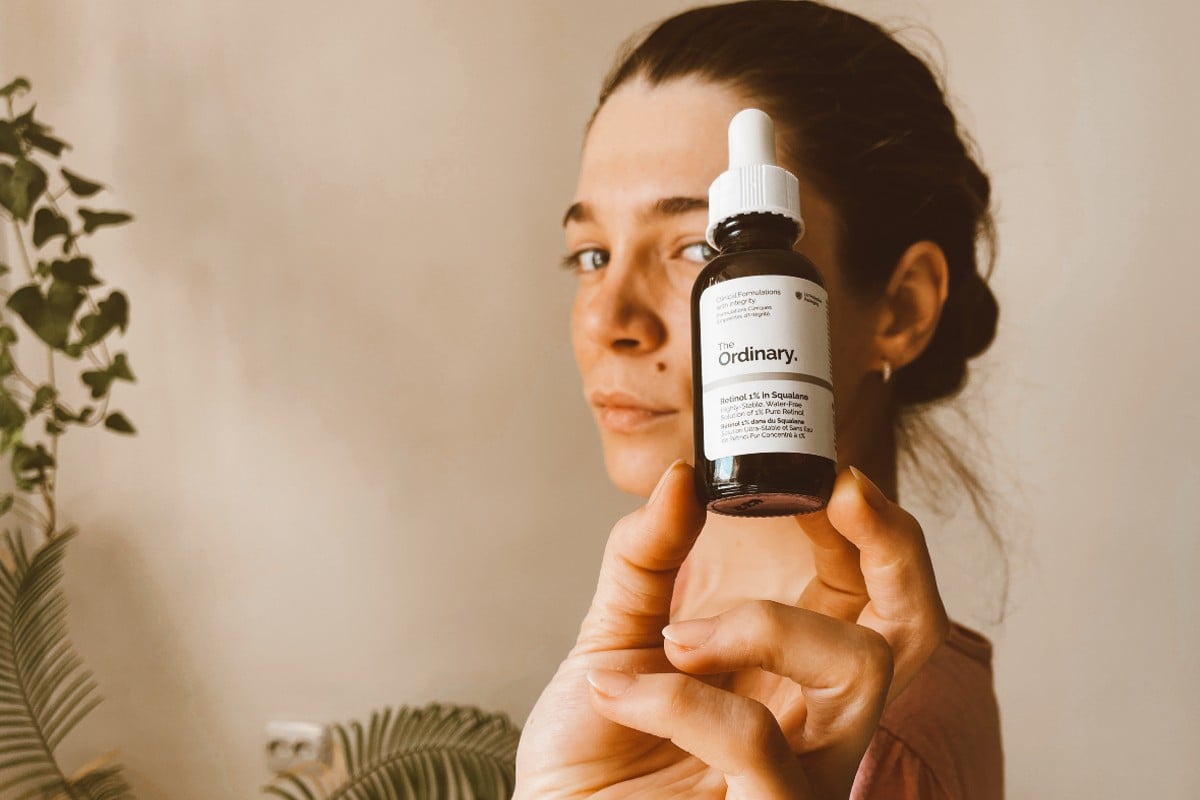Meet malic acid—a hidden gem in the family of chemical exfoliants often overshadowed by its more famous siblings, glycolic and lactic acids. Seriously, we all heard about these two, but there is so little talk about malic acid. It’s about time we gave it some credit, especially for those with sensitive skin who need a balance between gentle and effective exfoliation. Read on as we take a closer look at the untapped benefits of malic acid and teach you how to work it into your skincare routine.
What is malic acid?
Malic acid, mostly sourced from apples or chemically produced, is part of the alpha-hydroxy acids (AHAs) family. Ever wondered why apples taste sour? That’s our friend, malic acid, at work. In fact, its name comes from the Latin word “malum,” meaning apple. This versatile acid is also the reason behind the sharp taste in wine.
Like its fellow chemical acids, malic acid is a whiz at exfoliating skin, unclogging pores, and refining skin texture and tone. However, it differs in a key way: it has larger molecules, which means it can’t penetrate as deep into your skin. While this limits its reach, it also makes malic acid a gentle exfoliator, ideal for those with sensitive or reactive skin.
What are the benefits of malic acid?
Exfoliates
The magic of malic acid lies in its ability to banish dead skin cells, accelerate cell turnover, and boost collagen production. The payoff? Skin that’s smoother, brighter, and clearer. However, remember what we’ve said: malic acid works mainly on your skin’s surface. So don’t expect immediate, breathtaking results if you use it alone.
Hydrates
Part of the AHA family, malic acid is also a humectant. In layman’s terms, it pulls moisture from the air to hydrate your skin and plump it up.
Reduces fine lines
With its ability to accelerate cell renewal and stimulate collagen production, malic acid maintains skin elasticity. Although unlikely to affect deep wrinkles, it makes fine lines less visible and skin smoother.
Clears acne
Breakouts typically occur when dead skin cells, bacteria, and oil clog your pores. Malic acid, with its knack for dissolving surface buildup, can help prevent acne and pave the way for clearer skin.
Fades hyperpigmentation
Even though it’s not the most powerful acid, malic acid can help fade superficial hyperpigmentation by sloughing away pigmented cells.
Does malic acid have side effects?
Even the gentlest of skincare ingredients can cause side effects. In rare instances, malic acid might cause mild irritation, redness, or swelling, particularly for those with extremely sensitive skin. So it’s a good idea to do a patch test before diving in.
How to use malic acid?
As a versatile ingredient, malic acid can be found in a range of skincare goodies, including exfoliants, moisturizers, and cleansers. For everyday staples like moisturizers and cleansers, you can enjoy the benefits of malic acid daily, giving your skin a gentle boost of radiance each day.
When it comes to potent treatments like a malic acid chemical peel, though, go slow. To avoid over-exfoliation and ensure the best results, limit the use of malic acid peels to once or twice a week. This allows your skin plenty of recovery time between treatments. And remember, malic acid is often mixed with other powerful chemical acids. So even if malic acid is mild, a chemical peel with it can still be powerful.
One more thing. Before stepping into the world of AHAs, give your skin a break. If you’ve been using other potent ingredients like retinoids or other chemical exfoliants, take about a week off before introducing malic acid. It’s a simple way to make sure your skin is ready for the exfoliating wonder of malic acid without any unwanted reactions.
The bottom line
Malic acid provides a range of benefits for your skin, but it’s essential to have realistic expectations. Unlike its potent peers like glycolic acid, malic acid works mainly on the top layer of the skin due to its larger molecule size. As a result, its effects might be milder and less immediate. It provides the potential to enhance skin tone, reduce the appearance of fine lines, and boost overall skin texture, but it does so at a slower pace.
Our verdict? Malic acid may be a jack of all trades, but it isn’t necessarily a master of any. More often than not, it plays a supporting role in skincare products, complementing other potent ingredients like exfoliating acids, retinol, and vitamin C. Overall, malic acid is a great ingredient to have in your routine since it gently targets a wide array of skin concerns.




![Does resveratrol in red wine benefit your skin? While sipping on a glass of red wine can be a delightful experience, relying on it for skincare benefits is not the best idea. Sure, red wine contains a smidge of resveratrol, but let's put things into perspective. The concentration of resveratrol in red wine is relatively low. Red wines, specifically Pinot noir from France, typically contain 0.361-1.972 mg of resveratrol per liter.[8] To hit that reference dose of 500mg of resveratrol, you'd need to drink a lot of wine. We're talking about downing anywhere from 100 to 1000 glasses per day. It's a scene straight out of a wine lover's wildest dreams, but definitely not the healthiest approach. Resveratrol Benefits for Skin](https://womensconcepts.com/wp-content/uploads/2022/03/Resveratrol-Benefits-for-Skin.jpg)




